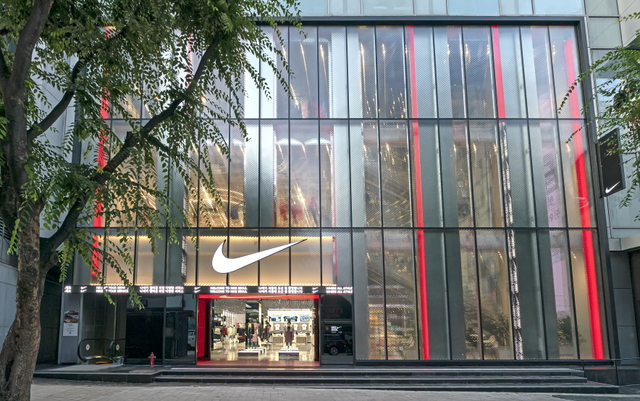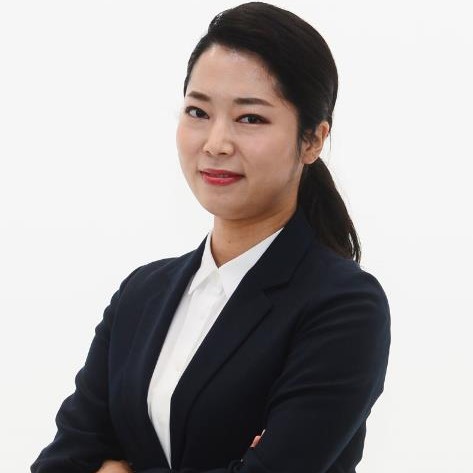Retail industry looks offline to drive customer experience: report
By Byun Hye-jinPublished : Oct. 4, 2022 - 15:56

As Korea transitions to the endemic stage of the COVID-19 pandemic, the online-focused retail industry is shifting toward offline stores to enhance customer experience, a report showed Tuesday.
Although the vacancy rate rose in commercial districts during the pandemic, retail brands are eyeing prime spaces to open pop-up or flagship stores, according to a report from commercial real estate platform Cushman & Wakefield Korea.
For instance, Apple opened its second store in a new building located on the main street in Myeong-dong, central Seoul.
“Pop-up stores act as testbeds for the brand’s new products to check customer feedback especially from millennials and Generation Z (those born in the 1980s up to the 2010s),” the report said. “Also, brands present their core identity to customers by using unique content. Simmons Bedding Company has opened a grocery store -- a pop-up store with no beds -- in Cheongdam-dong.”
The report said even online-based retail brands are opening brick-and-mortar stores to cater to customer needs for offline shopping experiences. Musinsa, the country’s largest online fashion platform by sales, launched its second offline store in Gangnam in July.
With the growing work-from-home trend and online secondhand marketplaces like Danggeun Market, hyperlocal commercial districts that have shopping mall complexes within walking distance is on the rise, it added.
Among Seoul’s six major commercial districts, Cheongdam-dong in Gangnam, home to luxury powerhouses and fine dining restaurants, was the only commercial site that saw a drop in the vacancy rate -- to 14 percent -- in the second quarter. Hongdae, in the western part of the capital, recorded a 13 percent vacancy rate in the cited period, thanks to teenager customers and those in their 20s.
In the case of Hannam and Itaewon in Yongsan-gu, central Seoul, the vacancy rate spiked in between Noksapyeong and Itaewon Station, while the area between Itaewon and Hangangjin Station, where luxury brand stores are located, saw a growing number of customers.
On the other hand, Myeong-dong and Garosu-gil, commercial sites mostly dependent on foreign travelers, have been battered by the collapse of international travel. Myeong-dong and Garosu-gil posted a 52.5 percent and 28.7 percent vacancy rate, respectively, in the second quarter. Gangnam also logged a 22.9 percent vacancy rate.
In the retail sector, home appliances and furniture have seen a drastic growth in business, as people still spend more time at home. Driven by pent-up demand during the protracted pandemic, consumers were willing to fork out more for food and beverage as well as fashion. Seoul Institute data showed that 44 percent of pent-up demand headed to fine dining, the report said.








![[Kim Seong-kon] Democracy and the future of South Korea](http://res.heraldm.com/phpwas/restmb_idxmake.php?idx=644&simg=/content/image/2024/04/16/20240416050802_0.jpg&u=)








![[KH Explains] Hyundai's full hybrid edge to pay off amid slow transition to pure EVs](http://res.heraldm.com/phpwas/restmb_idxmake.php?idx=652&simg=/content/image/2024/04/18/20240418050645_0.jpg&u=20240418181020)

![[Today’s K-pop] Zico drops snippet of collaboration with Jennie](http://res.heraldm.com/phpwas/restmb_idxmake.php?idx=642&simg=/content/image/2024/04/18/20240418050702_0.jpg&u=)